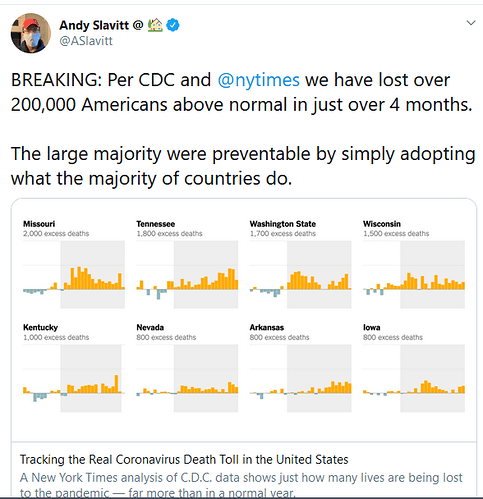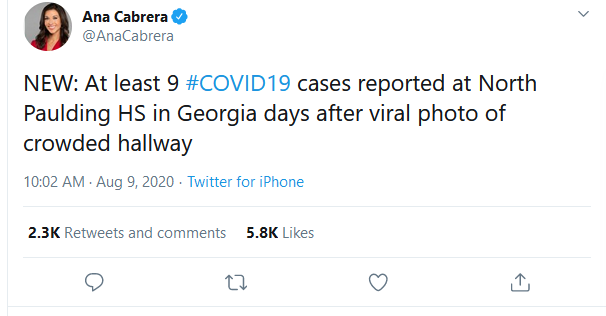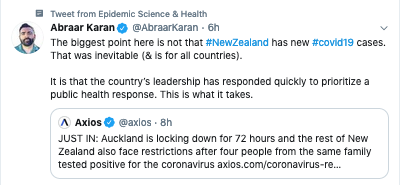A huge wave of evictions is gathering pace across the US, with tens of millions of people facing the looming prospect of being ejected from their homes with the expiry of federal government protections.
A moratorium on evictions from most federally backed housing, along with a $600-a-week unemployment benefit, helped ensure many Americans avoided being made homeless from an economic crash sparked by the coronavirus pandemic.
But these protections expired at the end of July and a slew of evictions are starting to unfurl across the country, while party leaders are at an impasse over further economic relief and a slew of stopgap measures from Donald Trump are on an uncertain path.
A picture shared widely on the internet described “eviction cairns” in New Orleans, showing belongings heaped beside the road, reportedly from a family of six that had been evicted from their home after being unable to pay rent.
According to the Aspen Institute, a non-profit thinktank, at least 30 million Americans out of the 110 million who live in rental housing are at risk of eviction by the end of September.
The organization warned the Covid-19 crisis will cause “long-term harm to renter families and individuals, disruption of the affordable housing market and destabilization of communities across the United States”.
The lapsing of eviction protections means that many people, unable to afford rent or mortgages, have been plunged into a precariously vulnerable situation. “There’s tremendous urgency,” Diane Yentel, president of the National Low Income Housing Coalition, told NPR. “There are millions of renters who can’t sleep at night because they don’t know what they’re going to do if they become homeless.”
The fresh disaster to stem from the pandemic is set to reach all corners of the US. A study by UCLA found that as many as 120,000 households in Los Angeles county, including up to 184,000 children, will probably become homeless when evictions resume.
Meanwhile, in South Carolina, 52% of renters cannot afford their rent and risk eviction, with about 185,000 evictions possible across the state by the end of the year, according to Stout Risius Ross, a consultancy firm.
“A lot of the safety net things that people relied on are gone,” said John Pollock, coordinator of the National Coalition for a Civil Right to Counsel. Stripped of federal assistance, and with many states also scaling back help, many people are having to rely upon savings or credit in order to retain their homes.
On Saturday, Trump signed an executive order on evictions that the White House said would address the situation. In the action, the president vowed to defer payroll taxes, waive student loan payments and secure unemployment benefits, albeit at a lower rate of $400 a week. The order also pledged to help renters facing eviction, although all of the measures were provisional on other actions or studies, and sowed confusion and controversy about certainty and timescale.
“I’m protecting people from eviction,” Trump said on Saturday. “You’ve been hearing a lot about eviction, and the Democrats don’t want to do anything having to do with protecting people from eviction.”
However, the order doesn’t actually extend the moratorium on evictions, nor provide any rental assistance to those unable to pay. Instead, it orders federal agencies, such as the US Department of Housing and Urban Development, to look at options for protecting renters. Housing advocates attacked the order as a toothless gesture.
“The president alluded to ‘stopping evictions’, but the executive order fails to provide any meaningful relief to the millions of renters who are at risk of losing their homes,” Yentel said. “President Trump failed even to use his existing authority to reinstate the limited federal eviction moratorium that expired on July 24, which covered 30% of renters nationwide.”
Deferring evictions is only one part of the action required, advocates argue. Even though many landlords have been barred from removing renters unable to pay until now, the owed amount of rent has continued to accumulate, meaning that tenants will face a huge bill once protections are lifted. About half of landlords are small, family-run operations, meaning that they, along with renters, may require substantial financial assistance to avoid ruin.







